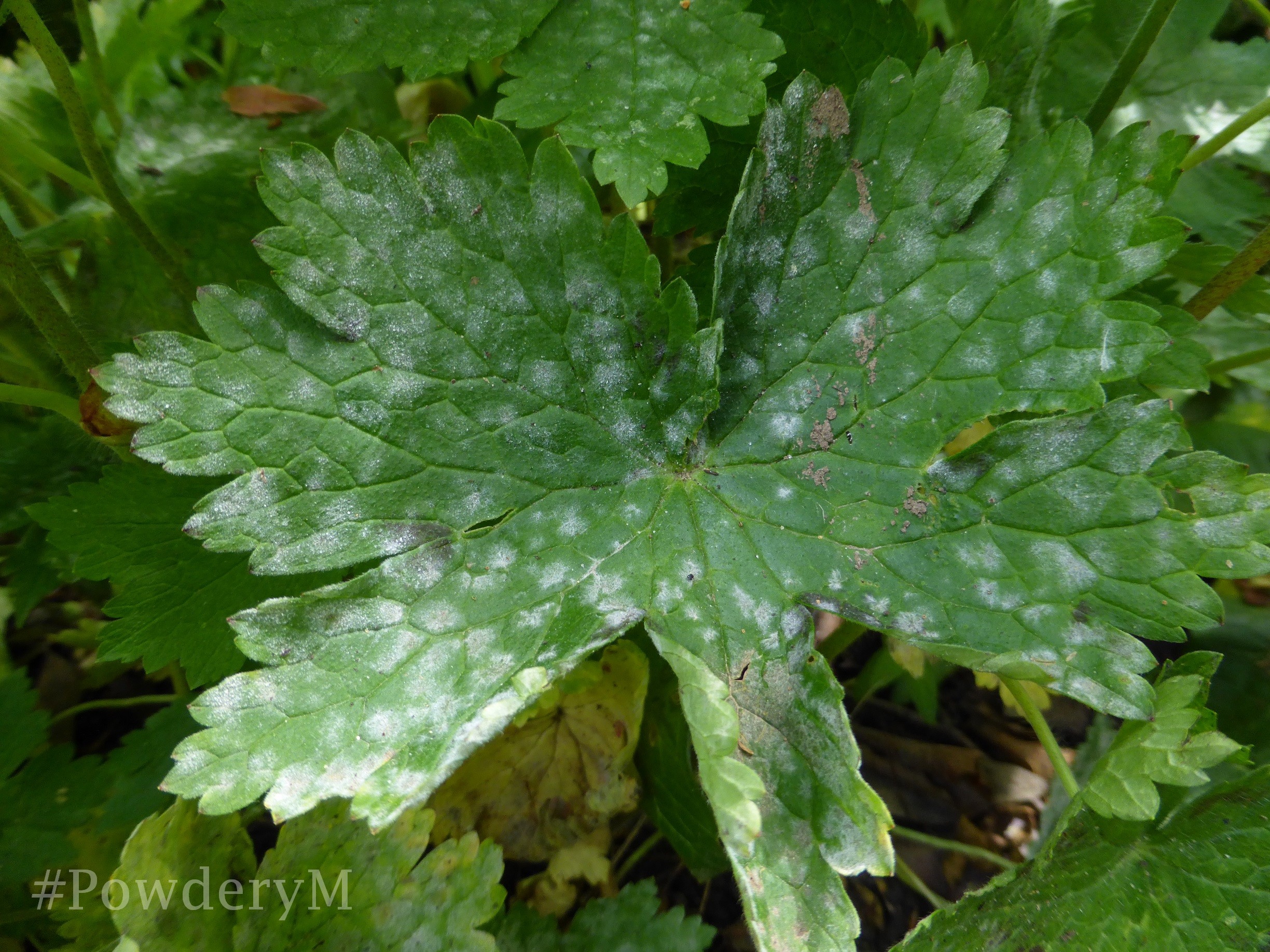Please refer to the 2016 survey for updated info.
The inaugural 2014 Powdery Mildew Survey produced a total of 160 powdery mildew samples resulting in 51 different species. Samples were received from all around the UK.
With two years of collection records, a baseline of species recorded in the UK and spring arriving, what better time to launch 2015’s Powdery Milwho? So please send in your powdery mildew infected plant material for identification: will yours be a common UK species, a species shifting to a new host, an invasive species, or even a new species?
Follow the guidelines on how to send in your samples here.
Powdery mildews commonly occur on garden plants, are unsightly, and can cause serious damage. To help understand how widespread powdery mildews are, both in terms of geography and hosts, the Royal Horticultural Society and University of Reading are working together to identify and map as many powdery mildews as possible over the next two growing seasons. You can help by supplying us with infected plant samples and in exchange we will do our best to tell you what mildew is infecting your plant.

Figure 1: Geranium sp. infected with Neoerysiphe geranii in the University of Reading, Harris Garden
With over 900 named species, occurring on more than 10,000 different plant hosts, even experts struggle to ID them effectively. I am able to collect and analyse many powdery mildew samples around the University campus and further afield in Reading. However, it is necessary to gain more samples, from more UK locations, on more host plants, in order to better understand the problem in UK gardens.
Using DNA sequences I will be able to identify and map which powdery mildews occur where and when they are most prevalent and ultimately develop short DNA sequences allowing for easy ID of similar samples in future.
Quick, accurate and efficient identification of these garden, fungal foes will help to track the presence of British based species on their host plants, perhaps discovering new species invasive to this island. It will also allow us to track which have recently expanded their host ranges to infect new plant species.
UK gardeners and plant enthusiasts can help to build the global knowledge of Fungi and plant diseases. To help this important research please collect and send your infected plant material to me!

Pingback: Powdery Mildew Survey | Culham Research Group
Pingback: Not everything white is powdery mildew | Culham Research Group
Pingback: Powdery mildew morphological glossary | Culham Research Group
Pingback: 2015 species review; compare the powdery baseline | Culham Research Group